The need for e-waste disposal and technology recycling is only going to grow. As a result of rising consumer demand and shorter product lifespans due to planned obsolescence, we are using more technology at home and work – and replacing it more frequently.
This is causing an issue since tonnes of electronic trash is produced each year. Over 75% of e-waste is disposed of in landfills, where hazardous chemicals such as lead, found in electrical items, can contaminate soil and water. With our society’s ever-increasing speed of technological advancement, we must be mindful of how we dispose of our gadgets and mobile phones as they reach the end of their useful life.
We’ll look at how careless disposal of electronic gadgets and mobile phones just adds to the ever-growing pile of electronic trash (e-waste).
What is E-waste?
Any electronic equipment that is no longer usable, functioning, or has grown outdated is e-waste. Electronic trash is one of our country’s fastest rising waste streams. It includes any electronic equipment, component, or substance damaged, useless, or outdated/obsolete. E-waste also contains goods that may be recycled via an electronic recycling programme, such as electronics that will be reused, resold, salvaged, or repurposed.
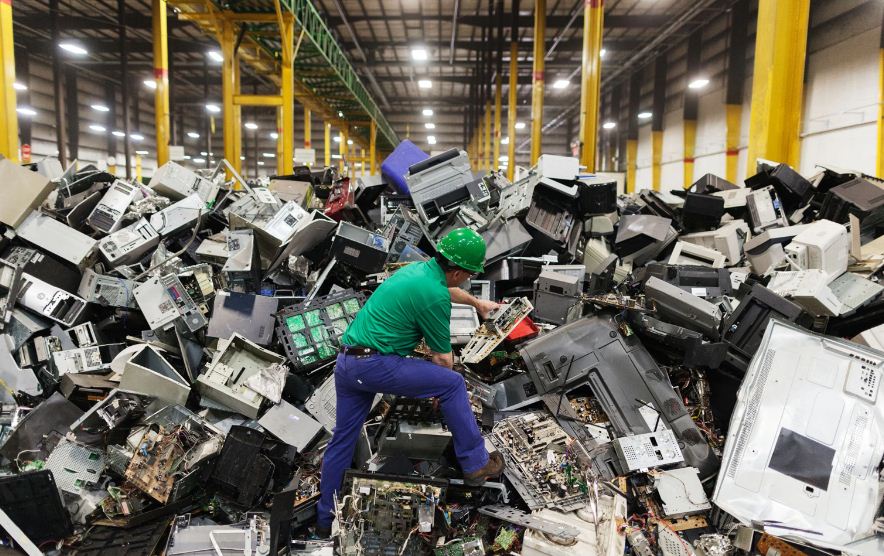
The Issues With E-Waste
When it comes to technology, there is often a false sense of security. At the end of their lifetimes, we frequently believe our gadgets and mobile phones to be non-hazardous. Regrettably, this is not the case. This might be because of the smooth surfaces, which make it difficult to recognise them as garbage.
When you see photos of outdated televisions and laptop computers in landfills, all you can see is their supposedly innocuous surface. What you can’t see, though, is what makes electronic trash so deadly.
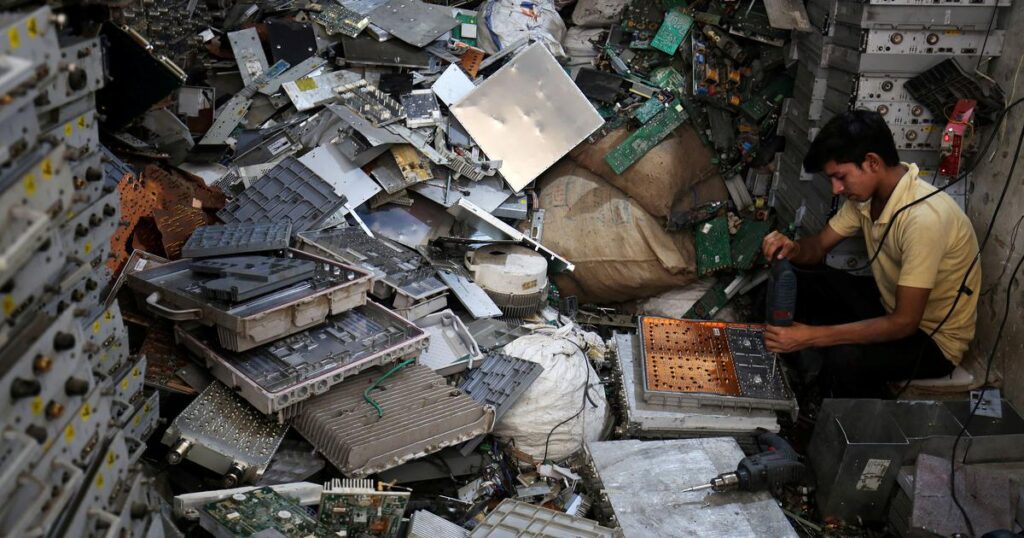
Mercury, Beryllium, Lead, Cadmium, Arsenic, and Brominated flame retardants are just a few of the hazardous elements that may be found inside our electronics. If not appropriately managed and exposure occurs, all of these components can have a serious human impact.
They have the potential to induce organ damage, neurological impairment, and serious sickness. These concerns endanger the employees who directly handle e-waste and endanger the communities that receive surplus e-waste.
The Effect Of E-Waste On The Environment
E-waste can be burned as a trash disposal technique or to recover precious metals such as copper. However, the combustion of computer displays and other electronics can result in releasing pollutants into the air (such as hydrocarbons, heavy metals, and brominated dioxins).
This has an impact on our general health as well as air quality measurements. Heavy metals present in mobile phones and computer batteries include lead, barium, mercury, and lithium. When these pollutants are handled or disposed of inappropriately in a landfill, they can leach into the soil and eventually reach groundwater. Heavy metals can enter streams, ponds, lakes, and rivers once they reach groundwater.
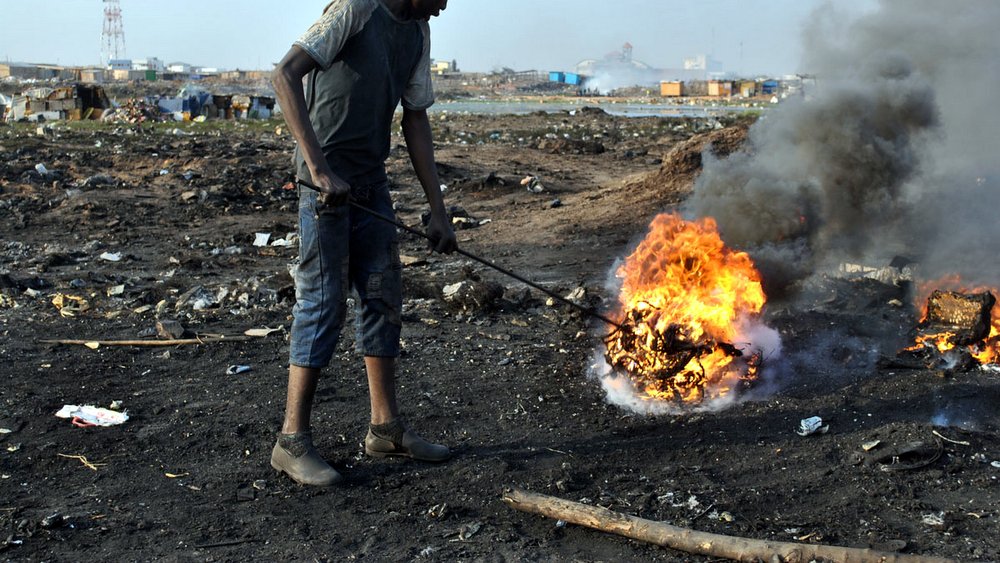
These heavy metals contaminate the water tables, rendering them poisonous and unfit for the communities, animals, and plants that rely on them. Because soil serves as a route for heavy metals to reach water, it is not immune to these hazardous pollutants. As a result, the “soil-crop-food pathway” is severely harmed by e-waste.
The soil-crop-food route is precisely what it sounds like: crops grow in the soil, and crops provide food. When heavy metals leach out of e-waste into the soil, they poison the crops and supply food. This can cause disease and reduces the amount of productive cropland available for clean food production.
Electronic Recycling Techniques
What is the best method to dispose of e-waste because it is so harmful to the environment? How can businesses strive to enhance their electronic trash recycling programmes in a modern workplace (or remote-working environment) consisting of regular technological upgrades?
There are easy methods for your company to use technology ethically without exacerbating the problem of electronic pollution. Here are three ways to assist your company manage electronic recycling and combat this ever-increasing kind of trash.
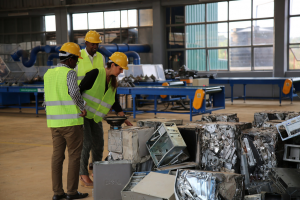
- Preventing electronics from becoming garbage is the greatest method to avoid dealing with e-waste in the first place. This technique of e-waste management begins with the purchase process. Companies frequently make large purchases of gadgets for staff use. Instead of going for the cheapest choice with the greatest evaluations, conduct some preliminary research. Finding the finest technological alternatives for your business’s needs can be as simple as speaking with a local store.
- In the world of electronics, older does not automatically imply outdated. This is an area in which your IT staff can assist you. Having IT assess the cost-benefits of fixing or updating your workhorse printer will tell you if it should be retired or whether it only requires minor repairs. Furthermore, adding extra memory, hard drives, or software to ageing gadgets may make them seem fresher and function more effectively. This will reduce the amount of e-waste generated by your organisation. Finally, don’t forget about do-it-yourself possibilities. For those interested, there are a plethora of basic repair tutorials for various office devices available online—finding a remedy may be as simple as a few keystrokes away.
- When your workplace gadgets have reached the end of their useful life, keep one thing in mind: one man’s garbage is another man’s treasure.
Whether you decide to sell or give your firm’s used gadgets, it is critical that your IT department entirely wipes any electronic equipment of company information before offloading it. Donating is ideal for still-usable but out-of-date gadgets.
This method of e-waste management is not only an excellent approach to decrease electronic pollution; it may also please your accounting department.
Tax breaks can be a significant benefit of donating gadgets. Furthermore, giving helps your company get things like laptops, mobile phones, and tablets into the hands of people who need them the most, such as underfunded schools or youngsters in underdeveloped nations.
Recycling Business E-Waste
Sometimes an electronic device has deteriorated to the point that fixing, selling, or donating it is no longer an option. In these cases, it is time to recycle your gadgets. Check your state’s particular legislation for any pre-established standards or guidelines before starting an e-waste recycling programme.
According to the National Conference of State Legislators, “twenty-five states plus the District of Columbia have adopted legislation creating a statewide electronic waste, or e-waste, recycling programme” (NCSL). Old computers, office equipment, televisions, mobile phones, and basic consumer electronics all serve a greater function than just ending up in a landfill.
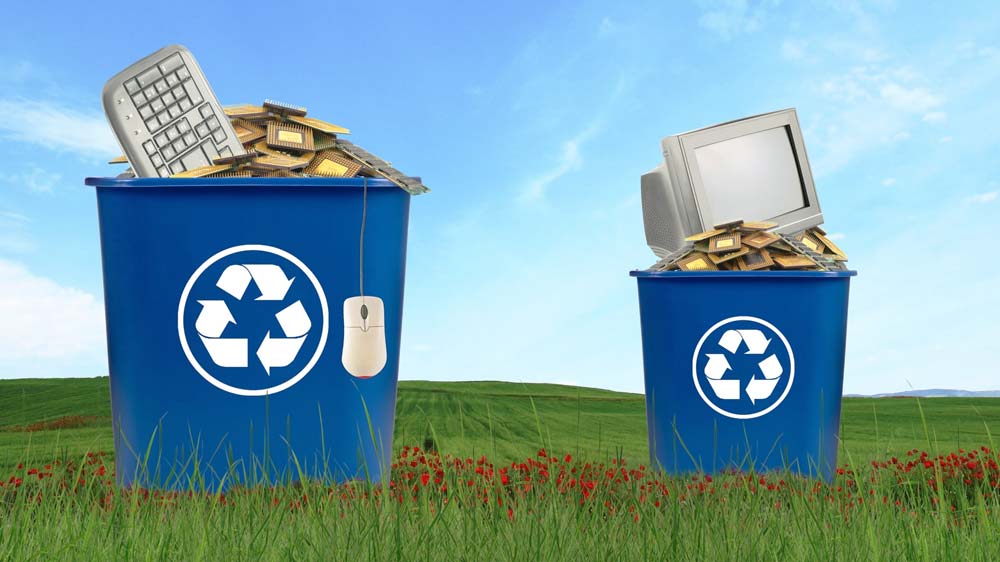
In reality, recyclable electronics should be viewed as commodities with the potential to generate income. Depending on the amount, location, and kind of e-waste generated by your company, your previous purchases might create a fresh cash flow.
Conclusion
E-waste has become one of the fastest increasing sections of the world’s waste stream in recent years. The world civilization’s e-waste problem has never been more pressing. Because we have developed into a use-and-throw-away culture, mobile phones aren’t the only devices that suffer from the update.
Our passion for ever-improving technology has imposed a rigorous standard on all of our goods, requiring that each generation rapidly improves upon the last. The rapid turnover generally occurs in our peripheral vision since, with technology, out of sight truly is out of mind. As a result, the e-waste problem worsens. With the right techniques and solutions, the business e-waste can be recycled.

